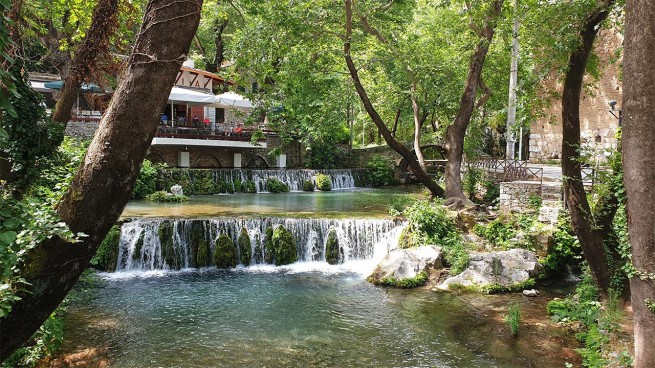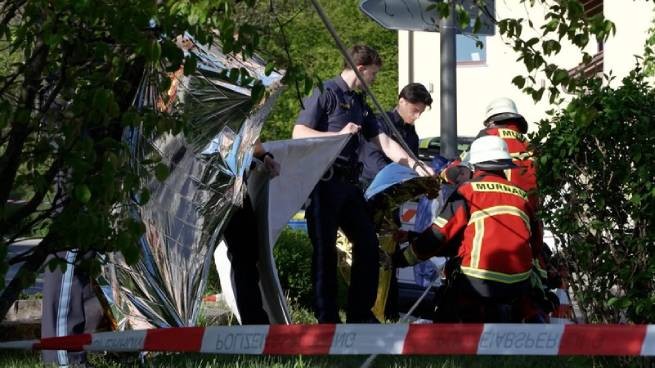In an attempt to convince member states to adopt a common joint immigration policy, the European Union is putting forward an original and potentially controversial proposal.
For several months now, discussions on finding a formula for the fair distribution of asylum seekers among the 27 countries of the European Union have been “falling apart.” The goal is for Europe to deal humanely with the waves of refugees that are rising every year, while signaling to the rest of the West to move towards a more solidarity-based solution to the problem of migration.
However, countries such as Poland and Hungary refuse to even hear about the prospect of accepting refugees on their territory, which spurs efforts and puts the entire project in danger of final collapse. Therefore, a more “capitalist” solution is on the table.
Secret negotiations
According to Politico, diplomats from all countries have been discussing secretly for several months the possibility that countries that do not want to accept migrants will pay to be exempt from participation in the program. In particular, a price of 10,000-22,000 euros was offered for each refugee who loses the right to seek asylum. This money will then be used to support refugees in other countries.
Another idea suggested is for “refuseniks” to provide logistical equipment and/or human resources to countries that are de facto called upon to deal with the problem more intensively, such as Italy and Greece.
Officials did not provide key details, such as the number of applicants countries must accept or pay annually, and how many asylum seekers a country must accept before it can claim to have fulfilled its “capacity.” However, according to two diplomats, the resettlement of 30,000 people is currently under discussion.
Proponents of these solutions to refugee flows – an issue expected to dominate this week’s meetings of European institutions – are trying to ensure that asylum seekers in member countries EU were better protected and, if their applications were ultimately rejected, it would be safer for them to return. However, they fear that the stubborn refusal of some governments to participate in the search for a solution could lead to large-scale expulsions in retaliation.
80,000 refugees have arrived in the EU since the beginning of the year
In the first four months of 2023, more than 80,000 migrants entered the EU without going through an official point of entry, up 30% from the same period in 2022 and a high figure not seen since the surge in migration to Europe in 2016.
As a long-standing rule, the country that first receives these migrants is legally bound to process their asylum claims and is responsible for those individuals. This means that newly arrived asylum seekers disproportionately settle along Europe’s borders or later move without official permission within the EU to another country in search of work elsewhere. Many countries bordering the EU have faced persistent and well-documented accusations of “pushing back” – the illegal practice of simply refusing asylum seekers upon arrival.
Attempts to create a pan-European system for the reception and distribution of asylum seekers have repeatedly failed in recent years, often because of any indication that countries may be required by law to accept a certain number of people.







More Stories
UK: controversial bill on deportation of migrants to Rwanda passed
Chaos in Paris due to Afghan demonstration
Why only a few Ukrainian refugees in Germany found work (video)